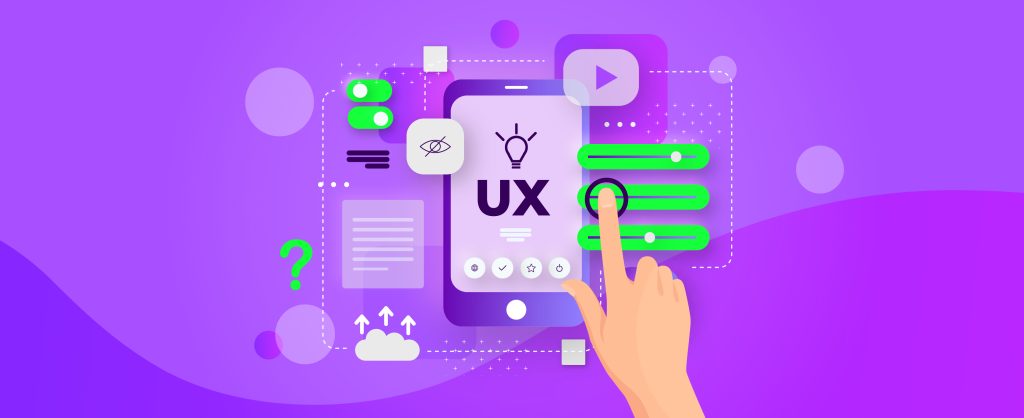Designing connected experiences with UX strategies enhances customer experience boosting their loyalty towards your brand.

Imagine you are going home from your work.
You ask your assistant to switch on your car’s AC as you enter your office elevator to ensure it is nice and cool before you get in.
As you are driving home, you ask your assistant to analyse what groceries you already have and what you should pick up on your way. And once you are home, the same assistant gives you a recipe to cook a delicious meal with whatever ingredients you have in your fridge.
If you are a technology geek, you might have guessed that we are talking about virtual assistants connected to your TV, fridge, AC, car, lights, and even heartbeats.
Thanks to technologies like Artificial Intelligence (AI) and the Internet of Things (IoT), you have connected digital experiences. Right from smartphones & smartwatches to refrigerators and other electronic devices, they all interact with each other to offer you a connected consumer experience.
How helpful is UX in connected experiences design?
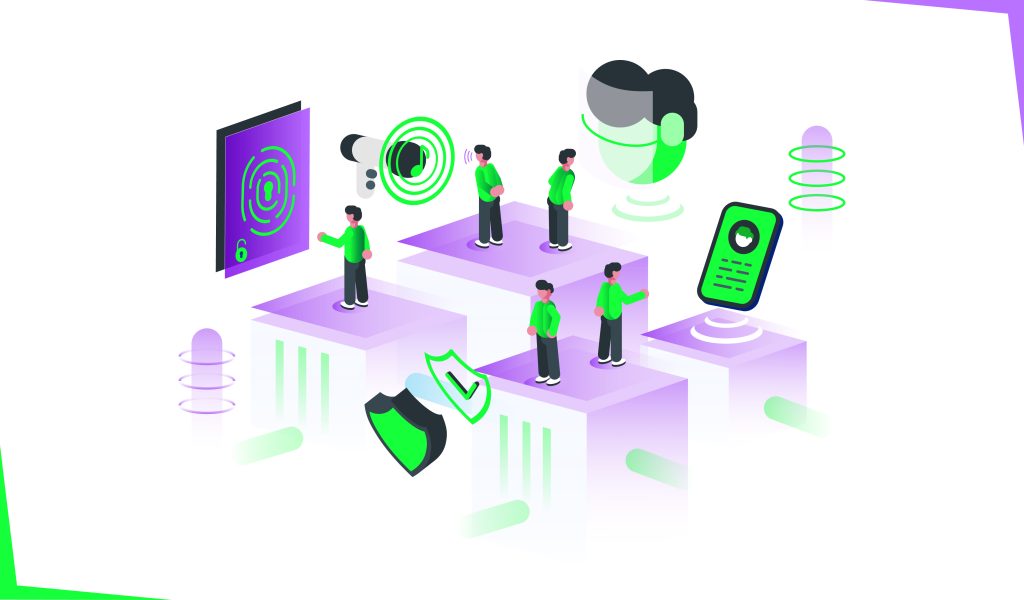
Users interact in multiple ways with embedded devices, including button controls, touch, gestures, voice, and movement. To give a seamless journey to its users, the UX is also designed to incorporate these interactions. Hence, apart from the conventional user experience design, interaction UX and customized UX are designed for voice & gesture controls.
Designing UX for connected experiences offers a smooth user journey across different devices. This leads to higher user satisfaction, engagement, as well as customer loyalty.
About Connected Experiences
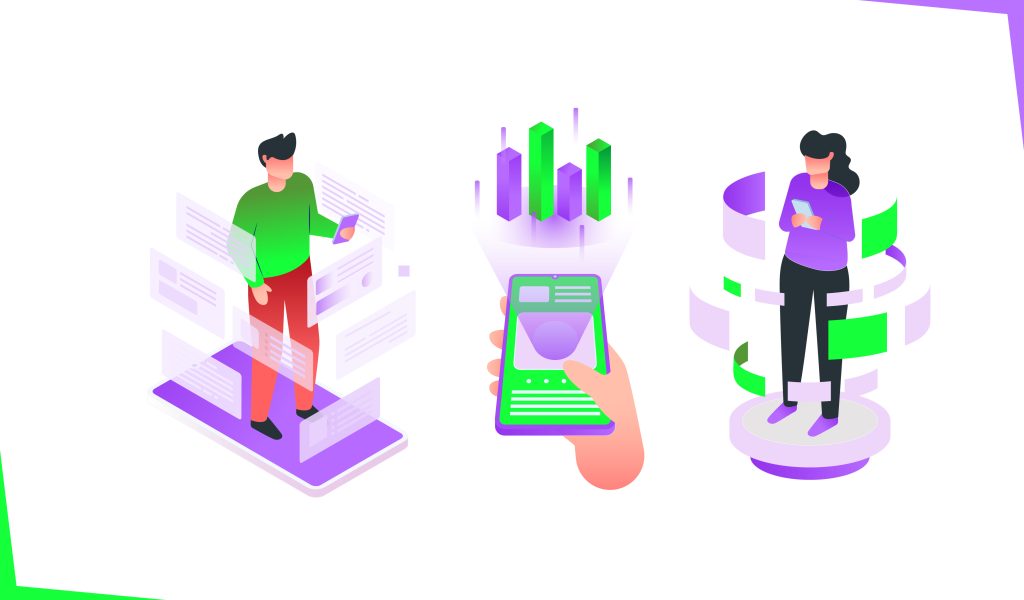
If you have ever felt amazed by how your Google assistant helps you with work, payments, and entertainment, then that is because it is connected with Google products and your data available in each of its products.
That’s what connected experiences are, a seamless user journey from one product to another to ensure efficient task completion. These digital products share your data, learn from your behavior, and offer you relevant responses to tailor your user experience.
Connected digital experiences work in two ways. First, by connecting the products to IoT or the Internet of Things (the way your phone is connected to your car or fridge), and second, by building a complete ecosystem where each product is internally connected to the other product (like how Google or Microsoft offers).
Here’s how we helped Croma create immersive in-store experiences for its customers: Croma Store Experiences Case Study
Challenges in Designing Connected User Experiences
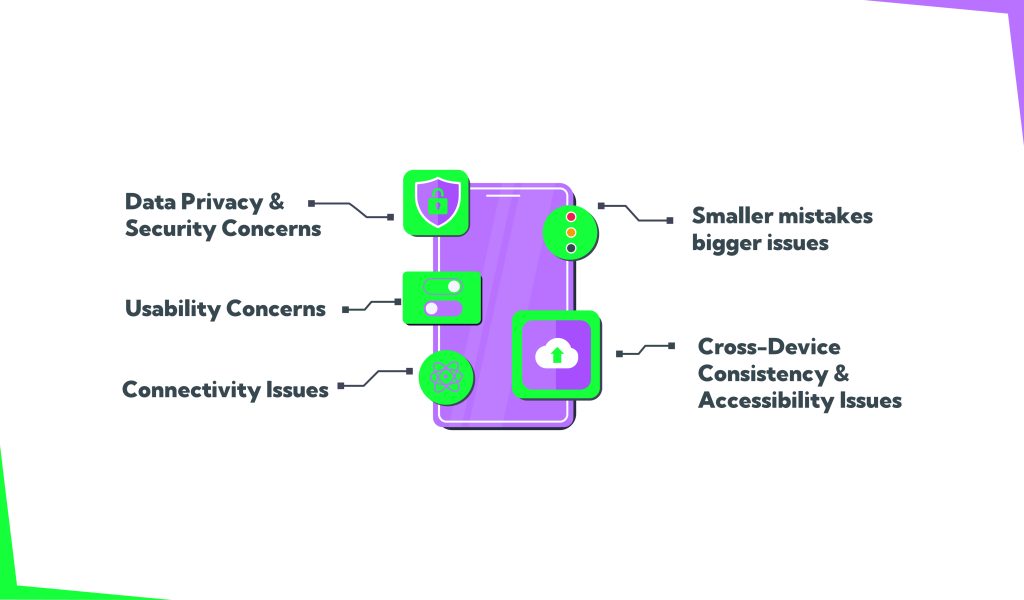
Designing the user experience for connected devices brings a string of challenges that the designers have to address while strategising the design plan.
Data Privacy & Security Concerns
When multiple devices are connected to give users a streamlined experience, the biggest concern is often data privacy. How does every device handle data? Which entities have access to the said data? Will the privacy settings change with every device?
With increasing technological advancements, hackers & attackers find innovative ways to use IoT to organise large-scale digital disruptions like malicious use of user data, service denials, and data theft.
Users are often made aware of how they can keep their data secure while using connected devices. That said, it also falls on a designer to create innovative solutions that can address these problems.
Usability Concerns
sability is also one of the pressing concerns for UX designers when they design for IoT. The Internet of Things is a relatively new technology with less number of products actively selling in the market.
Hence, with lesser data on the topic, the usability of such devices is still in its infancy. This makes it harder for the designers to compare their usability against any benchmark.
Connectivity Issues
When high-level IoT is deployed, smoother connectivity of each device becomes a necessity. However, it is not always possible. And that means, there will be disruptions in the connected user experience.
Higher-level devices often consume more power leading to increased energy consumption which is also a hindrance to the user experience for customers
Smaller mistakes bigger issues
While designing for apps or websites, if a minor mistake occurs, it is easier to correct it without any problem. However, the same cannot be said for IoTs.
Imagine a small experience issue or a glitch that occurs in healthcare devices. That can be a major problem resulting in grave consequences. Users can accept a level of churn in apps or websites, but they may not show the same level of tolerance for a smart washing machine or a smart surgical device.
Hence, it becomes a big challenge to design UX for such high-level smart devices.
Cross-Device Consistency & Accessibility Issues
Connected experiences are known to offer a seamless user experience to users even when they jump across several devices. So, designers must create a cohesive user experience with consistent functionalities and interactions.
Unlike designing an app or a website, UI/UX designers cannot create separate user interfaces for each device within an ecosystem. Consistent UI/UX ensures users can seamlessly pick up their journey where they left off.
So, how can UX designers overcome these challenges?
User-Centered Designs for Connected Experiences
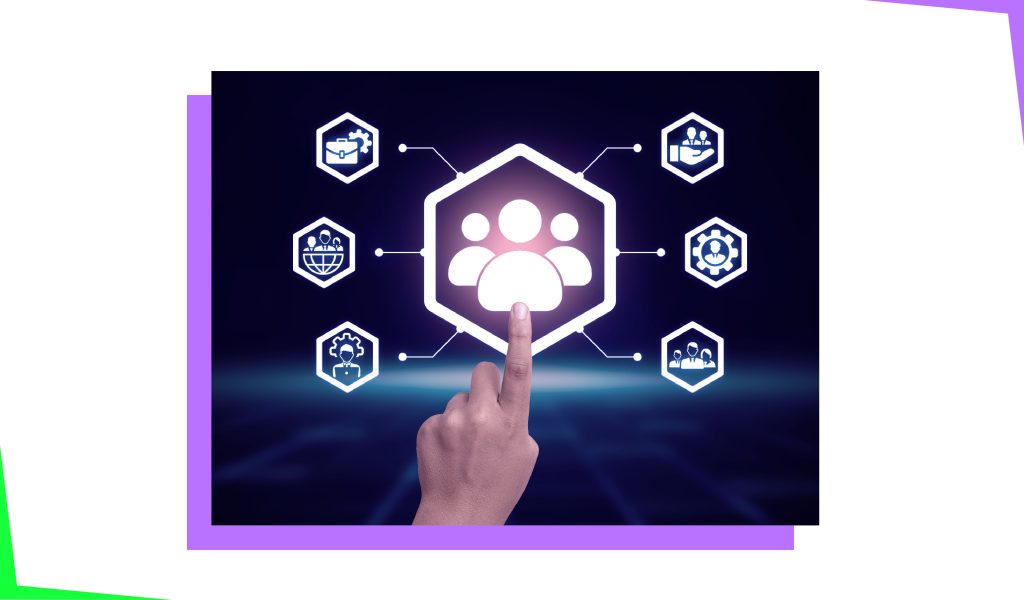
User-centered design (UCD) actively involves end-users to get their feedback on every stage of the design process for efficient design creation.
UCD ensures higher usability for all the connected devices in an ecosystem. When the users are involved throughout the design process, it is easier for the designers to create an experience that addresses user needs more effectively.
Testing the usability of the connected devices ensures that
- every function within a device works properly,
- every device is connected and responds to user requests correctly, and
- together the ecosystem solves the problems users face.
Overall, creating user-centered designs helps designers overcome the usability concerns that come with designing IoT for the first time.
Responsive Design for Experiences Across Devices
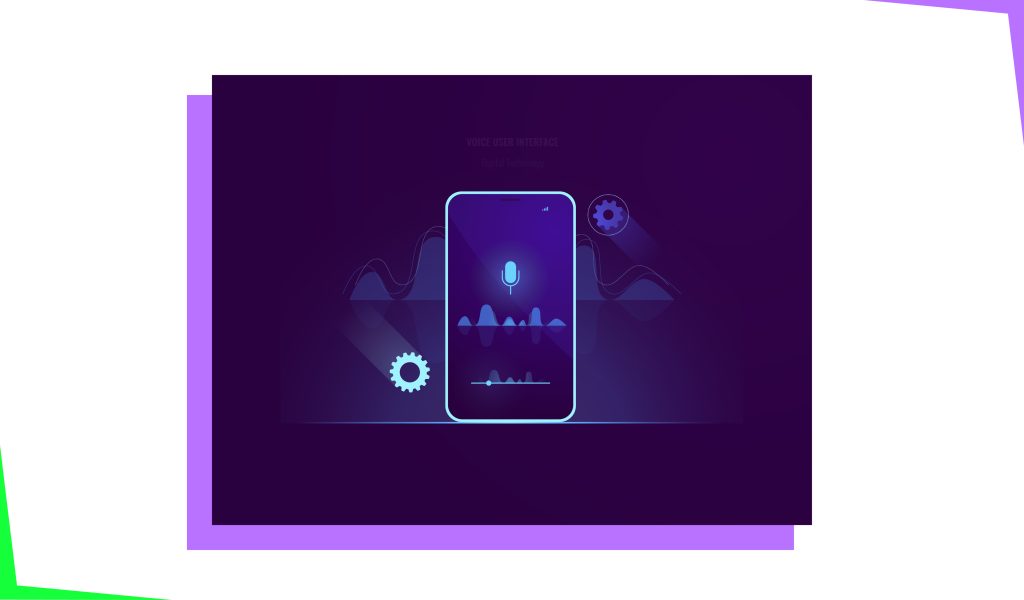
In simple user experience design terminology, a responsive design ensures efficient usability across different devices and screen dimensions. For connected experiences, the definition doesn’t change much.
However, with certain smart devices like AC, light bulbs, or speakers you may not have a screen. In that case, voice or gesture-based controls are used.
To create a UI & UX strategy that is consistent with a click, touch, voice, & gesture controls, UX designers often use logical reasoning & user behavior data for designing navigation and interaction.
For voice user interface design, natural language processing & speech recognition technologies are employed to ensure smooth interaction. However, before utilizing NLP, you must consider the data used to train the voice model.
Keeping in mind the location of users, the designers may choose NLPs trained with voice models from local languages, dialects, and accents to offer a high-quality interactive experience to its users.
On the other hand, designers can employ user behavior data to design gesture-based interactions on digital interfaces.
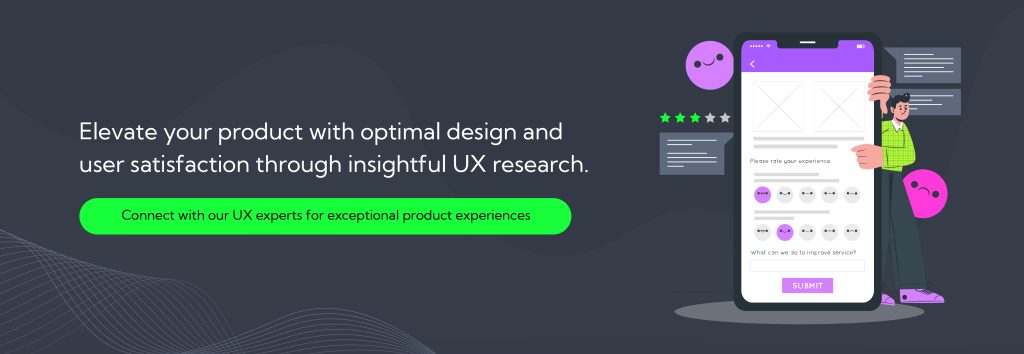
FAQs About Connected User Experiences
What are some examples of connected experiences?
Amazon, Google, Microsoft, and Salesforce products are some popular examples of connected experiences.
What is the importance of Connected Experiences?
Connected user experiences offer a more comprehensive package of not just visual but sensory experiences as well. Whether you are talking to your AI assistant or using your camera for a VR furniture layout, you will be immersed in the experience along with your surroundings where you literally interact with the product.
Why is UX design important in connected systems?
The biggest pro about designing your connected system well is that it elevates the overall user experience. Furthermore, it also ensures higher consistency across products.
Are connected experiences the future of technology?
With new technologies like AI and machine learning constantly evolving, the IoT is the future of human and machine interaction. Hence, more brands will invest in offering multiple touchpoints for the users.
Conclusion
A complete user experience journey is defined from the moment a user makes the first interaction with a brand to conversion and repeat purchases. A connected experience for users ensures higher user satisfaction leading to increased consumer shelf life & higher loyalty.
With the creation of digital ecosystems, smart products are often interconnected to offer a seamless interactive experience to users. Since it shares user data among the devices, the users get highly personalised results that meet their preferences.
While there are challenges in designing the UX for connected devices, careful planning & use of modern technologies help designers overcome them.
What are your thoughts on connected digital experiences? Are they a boon or an adversary to the future of technology & commerce?
Share your thoughts in the blog comments section.
